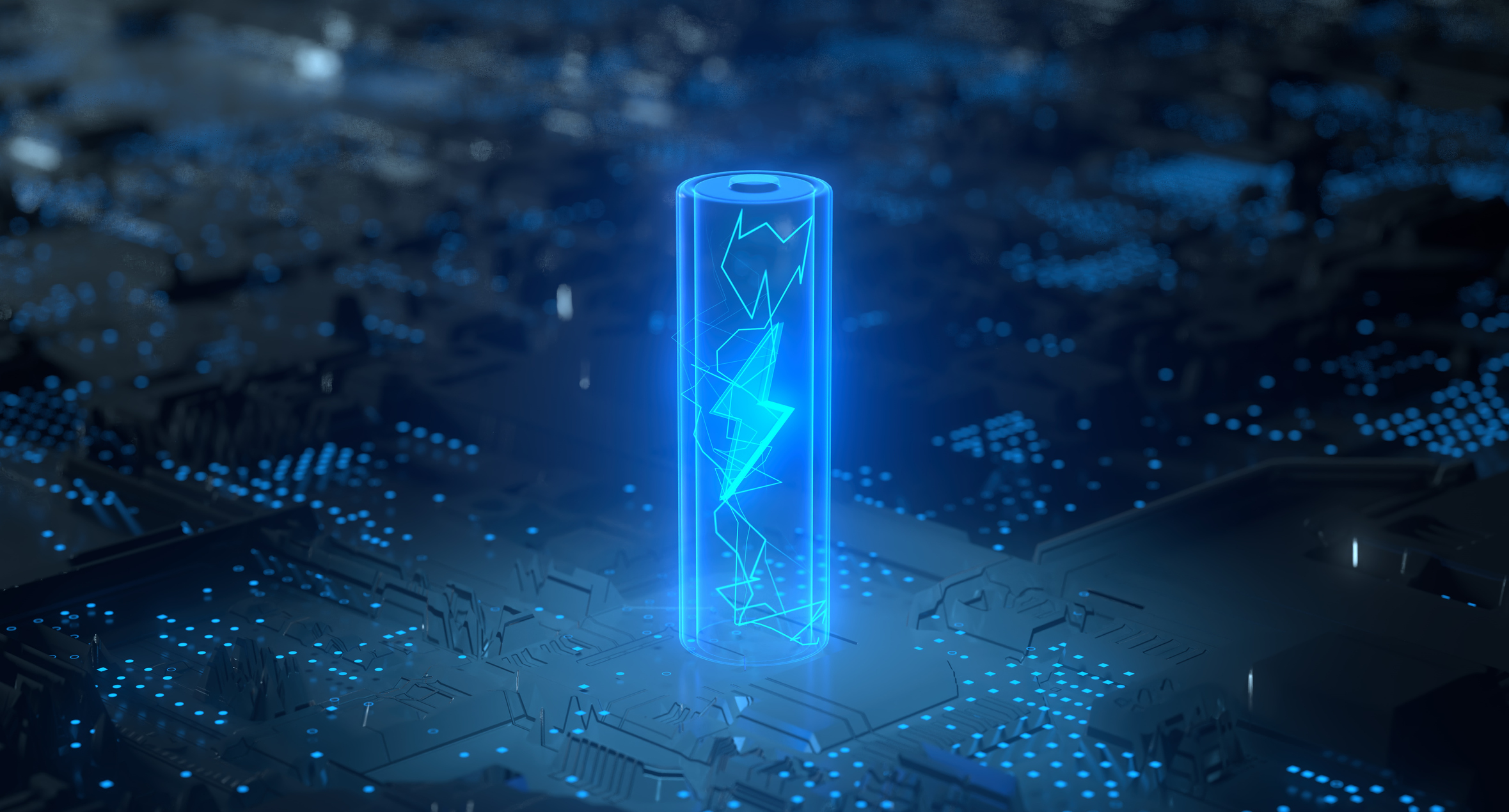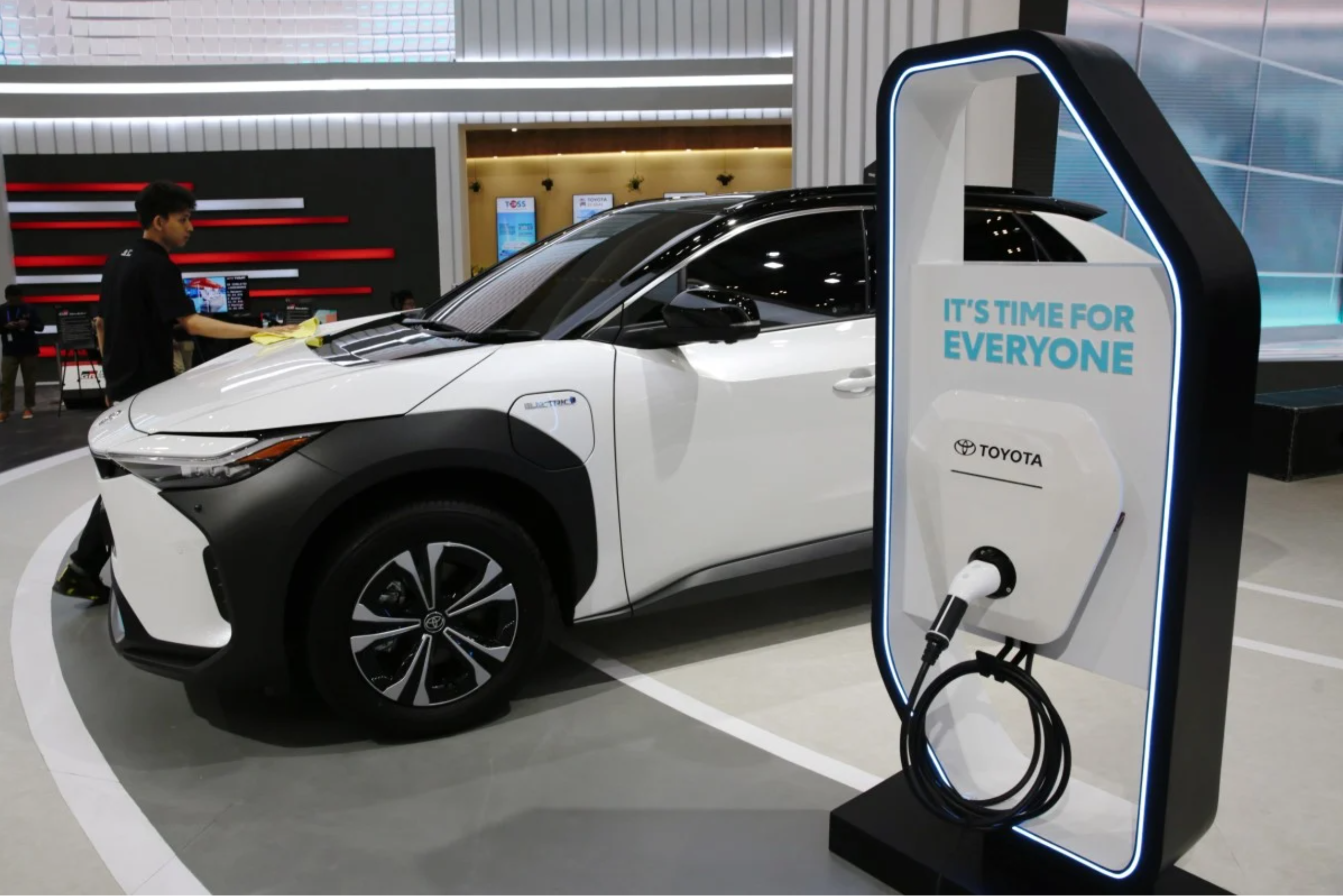In the world of LIBs (Lithium Ion Batteries), there are two competing chemistries when it comes to the cathode active material or CAM employed: LFP (Lithium Iron Phosphate, or LiFePO4) and NCM batteries (Nickel Cobalt Manganese, or LiNiCoO2Mn). But the love for the latter has been steadily ebbing in favour of the former. And it’s easy to see what the probable causes are for the gradual breakup.
NCM is more powerful, which means more range, but it requires Nickel and Cobalt. Both are rare metals and more expensive to source. The production process uses Lithium Hydroxide, which is toxic. And cobalt is largely mined in the Democratic Republic of Congo, under questionable ethical conditions.
LFP costs a lot less to produce. It’s also safer and more stable, and has a longer life-cycle. The production process uses Lithium Carbonate, which is less toxic. Lithium, Iron and Phosphate are also more common metals that don’t suffer from supply issues or bad PR.
A quick overview of the recent timeline tells its own story:
In October 2021, LFP batteries broke the longstanding monopoly of NCMs in Japan and South Korea, attracting the attention of more and more international OEMs (Original Equipment Manufacturers). Soon, Hyundai was developing EVs using LPF chemistry, with plans to sell them globally.
The start of the decline for NCM batteries
By February 2022, LFP had become the mainstream cathode chemistry in China, where most LFP manufacturers have turned losses into profits by making the switch from NCMs. In fact, even by January that year, China’s domestic production of LFPs was at 59,100t: an increase of almost 160% on the previous year.
Now let’s wind back the clock a little, to April 2020, when rumours first circulated that Tesla would be switching from NCMs to LFPs for the Model 3: because even though the single-cell density of an LFP is lower than its NCM counterpart, LFPs’ performance levels were still deemed more than sufficient by Tesla for its lower-end models.
Four months later in December 2020, these rumours were confirmed, with Tesla announcing it would sell LFP battery equipped Model 3 in Europe. This signalled a seismic change in the EV market. But even so, there was still a lot of love left for NCM battery chemistry.
In February of 2021, some leading OEMs were still investing heavily in NCM battery layout, particularly for their higher-end models. But overall, LFP spend was increasing month-on-month, and conversely, the relative capital invested in NCMs was on the decline.
Two months later in April 2021, however, it was a very different story, as we turn our attention to China again — where the total installation of LFPs for the month was a staggering 3.9GWh, an increase of nearly 630% on the previous year. What’s more, LFP installations now accounted for about 43% of all China’s Lithium Iron Battery GWh manufacturing capacity.
Fast-forward just 2 months to June 2021… Volkswagen had just released battery and energy solutions on Power Day the previous quarter to kick off their LFP model cycle. LIBs had now emerged as the darling of the new energy automotive industry, with ‘range anxiety’ no longer such a pain point for OEMs, and LFPs proving stable and safe.
Soon thereafter, came a big announcement for a major manufacturer, in late October 2021. Daimler, owned by Mercedes-Benz, declared they were switching to LFPs from 2024, to save costs on 2 of their lower-range models, the EQA and the EQB.
Hot on their heels, in March 2022, and following the revelation that almost 50% of Teslas now utilise the LFP chemistry, another big manufacturer made the same announcement. Ford was to switch its Mustang Mach-E and the F150 Lightning models to LFPs. Then Rivian said the same. From there, it wasn’t long before the love pendulum had swung, and by April 2022, LFPs made up more than 60% of the EV installed capacity in China.
Which brings us to today… So what does the market look like for LFPs vs NCMs in the future, taking every country into account, not just China? According to an analysis by Wood Mackenzie Power & Renewable, by 2030 LFPs will be the dominant chemistry in the world, in a global market exceeding 3,000GWh — with China’s share of LIB production falling from 90% to 69%, and Europe alone contributing 20%.
In other words, LFP chemistry is here to stay on the world stage. And for explorers like Pan Asia Metals (ASX:PAM), the future looks pretty rosy. Its Reung Kiet Lithium Project in Southeast Asia is located a stone’s throw from Thailand’s Eastern Economic Corridor, home to over 30 auto and motorcycle assemblers and over 500 Tier 1 auto parts suppliers.
So PAM is well positioned to manufacture lithium carbonate for the booming LFP market… What’s not to love?
Written for Pan Asia Metals by Josh Bryer




